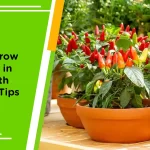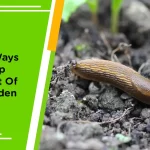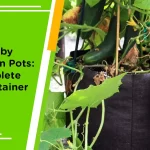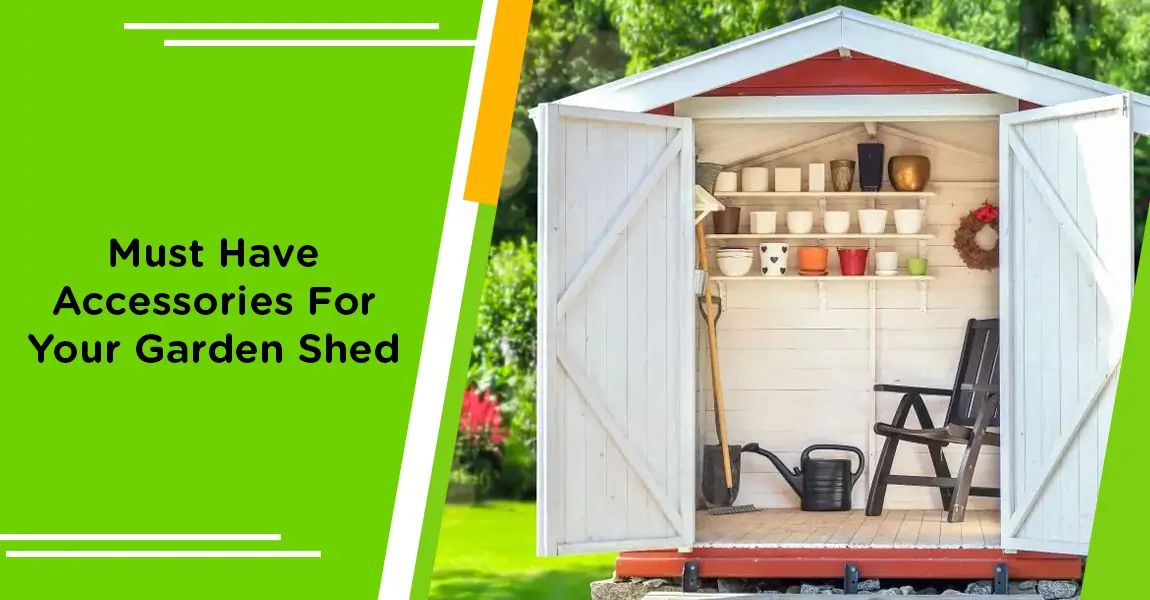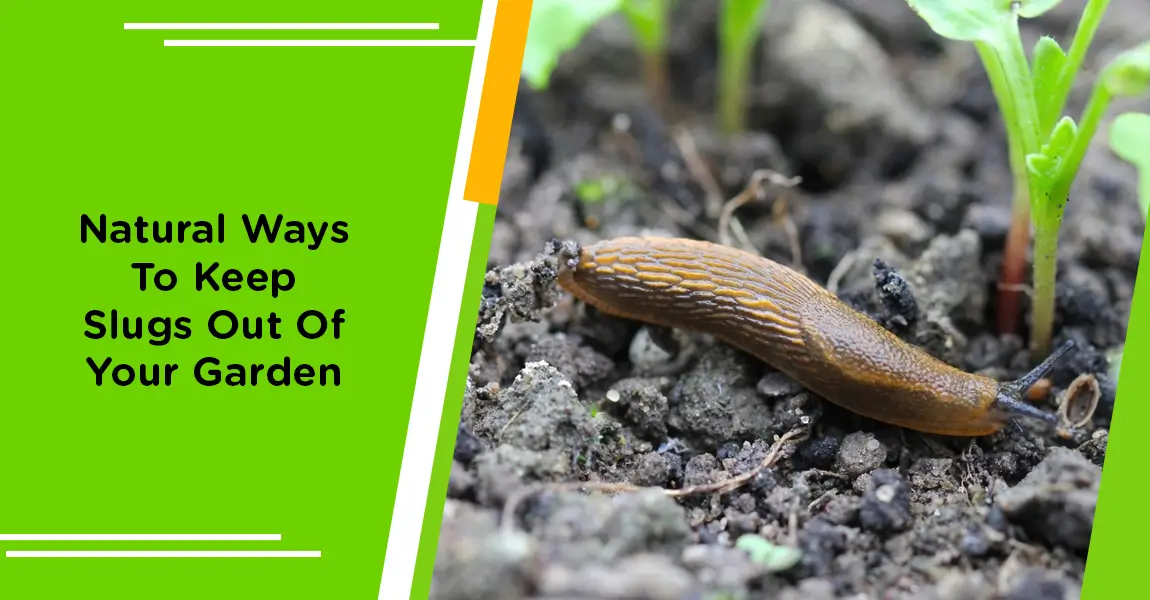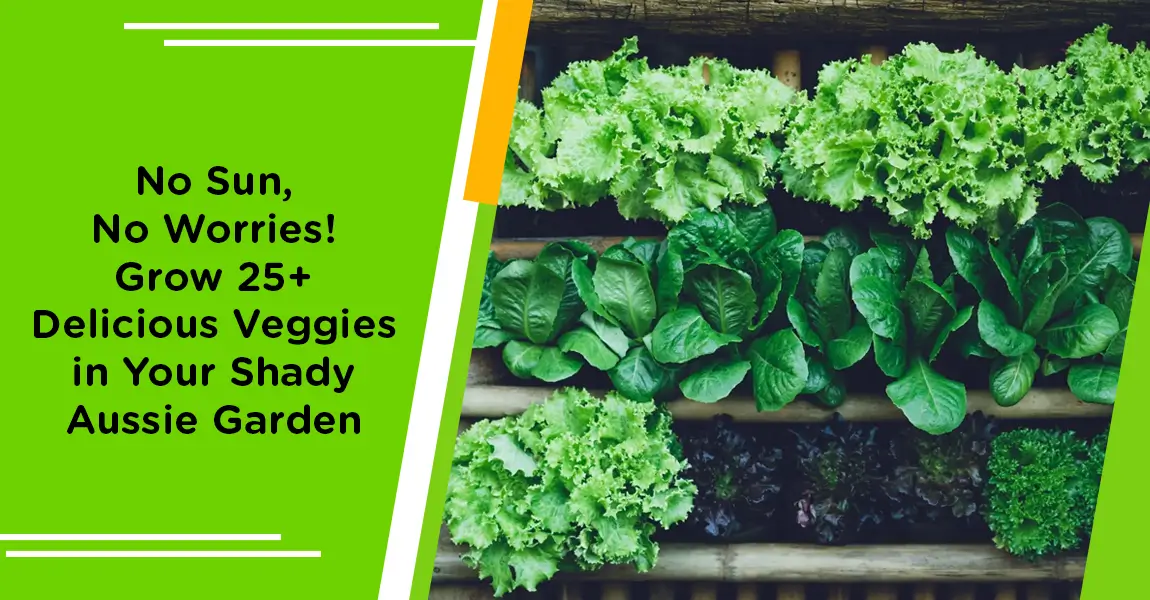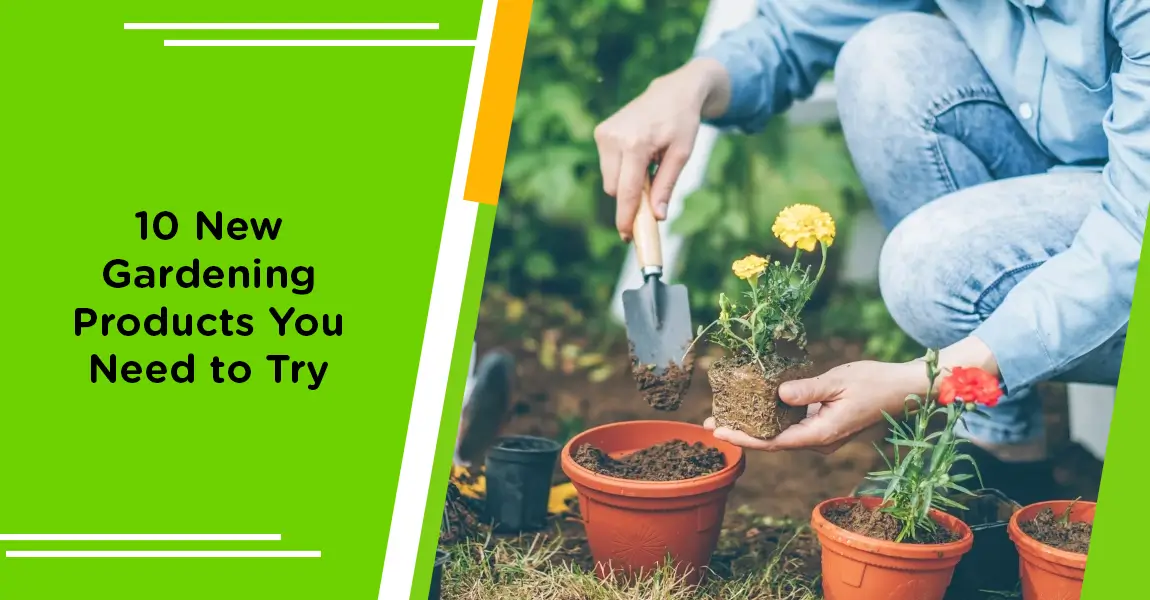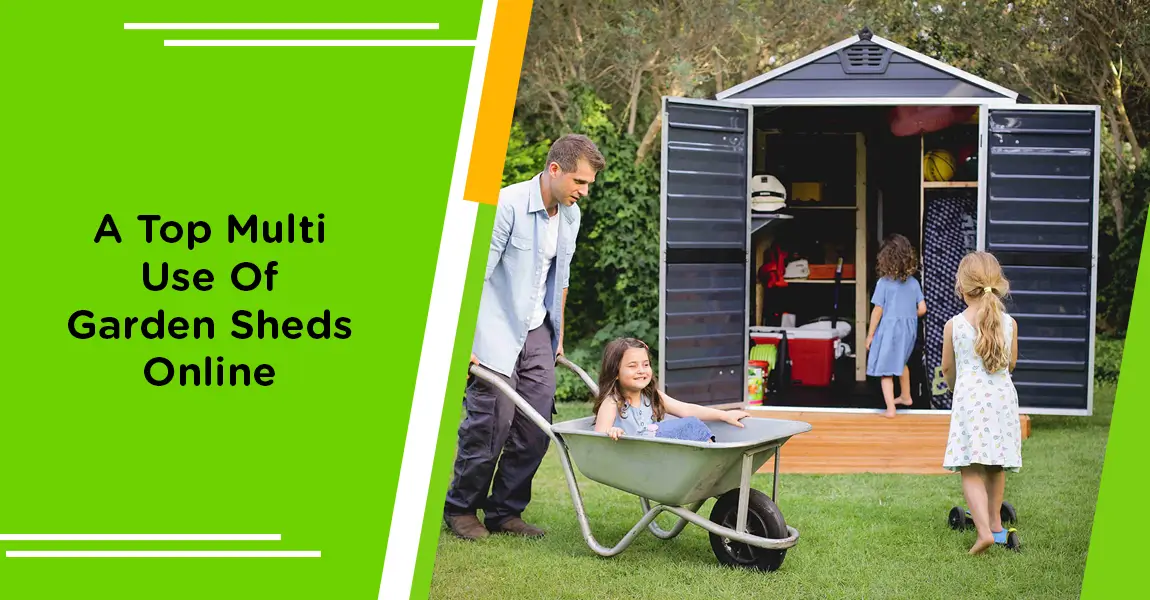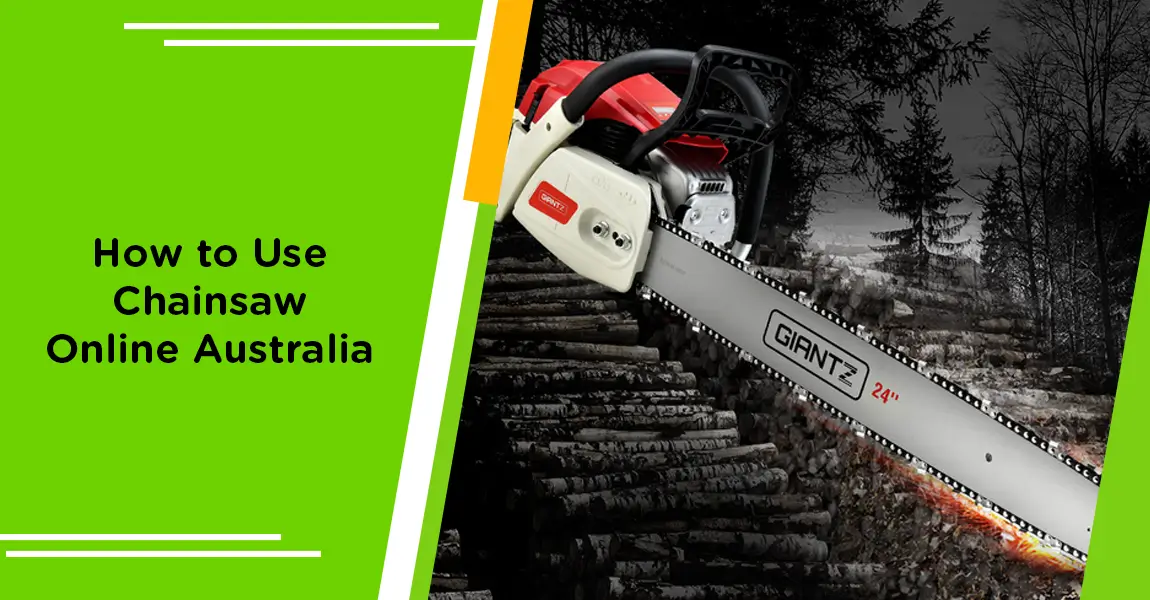Cart review
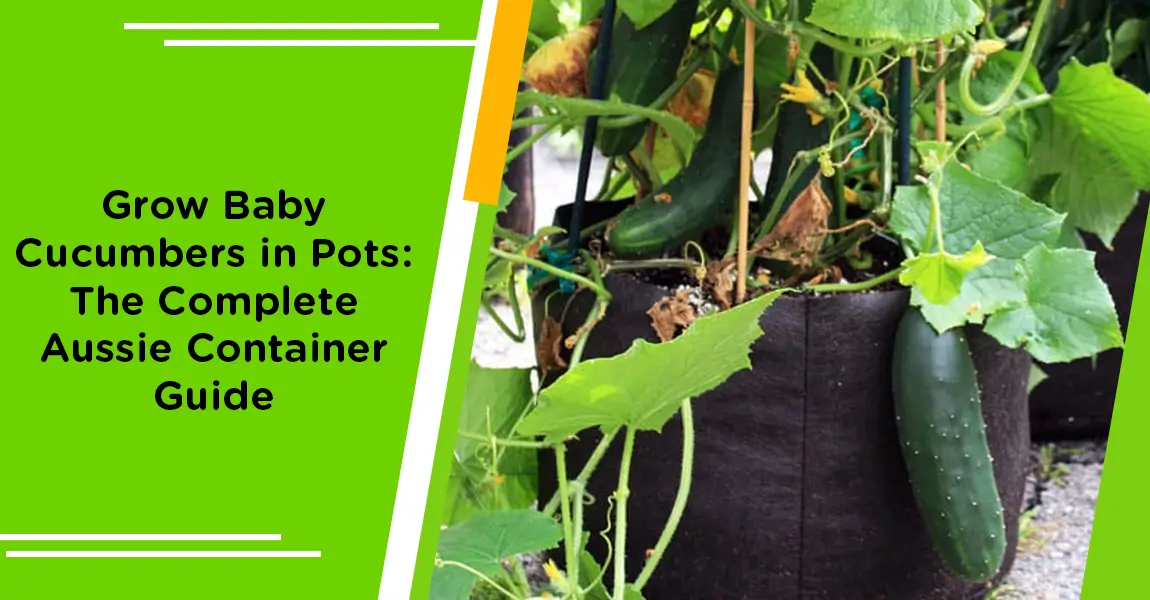
Grow Baby Cucumbers in Pots: The Complete Aussie Container Guide
Australia, with its diverse landscapes and climates, has long embraced the art of container gardening. From the bustling urban apartments of Sydney to the sprawling suburban homes of Melbourne, Australians have found innovative ways to cultivate greenery in limited spaces. In this guide, we delve into the world of container gardening, focusing on a beloved vegetable: baby cucumbers. Discover how even the smallest of spaces can yield a bountiful harvest of crisp cucumbers with our comprehensive container gardening tips.
Selecting the Right Container

When it comes to growing baby cucumbers in pots, selecting the right container is paramount. Opt for containers that are at least 12 inches deep and 18 inches wide, providing ample room for cucumber roots to spread and grow deep. Ensure your chosen containers have adequate drainage holes to prevent waterlogging, a common issue in container gardening that can lead to root rot and other plant diseases. Embrace eco-friendly options by repurposing recycled containers, reducing waste while nurturing your plants and the environment.
Choosing the Perfect Spot
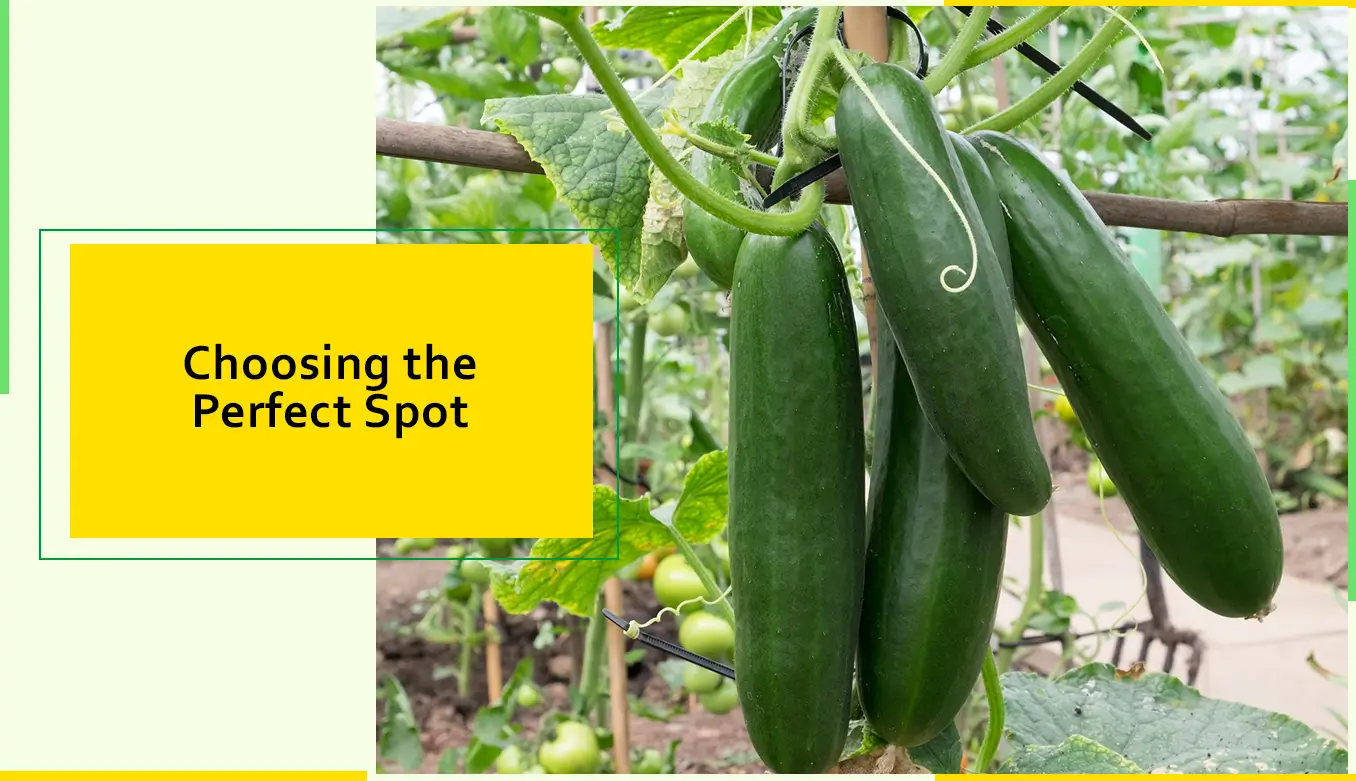
Sunlight is the lifeblood of cucumber plants, so choose a sunny spot for your containers, ideally receiving at least six to eight hours of sunlight daily. Consider wind exposure, as strong winds can damage delicate cucumber vines and hinder plant growth. For urban gardeners with limited outdoor space, balconies or patios can serve as ideal locations, provided they receive sufficient sunlight and protection from harsh winds. Position your containers strategically to maximize sunlight exposure while minimizing wind impact, ensuring optimal growing conditions for your baby cucumbers.
Soil and Fertilizer

Create a nutrient-rich environment for your baby cucumbers by using a well-draining soil mix, preferably a blend of high-quality potting soil, compost, and perlite or vermiculite for added aeration and drainage. Enrich the soil with organic matter like compost or aged manure to provide essential nutrients for healthy growth and robust fruit production. Aim for a slightly acidic soil pH of 6.0 to 6.8, optimal for cucumber cultivation and nutrient uptake. Regularly amend the soil with organic fertilizers to replenish nutrients and maintain soil fertility throughout the growing season, ensuring vigorous plant growth and abundant harvests of delicious cucumbers.
Planting Baby Cucumbers
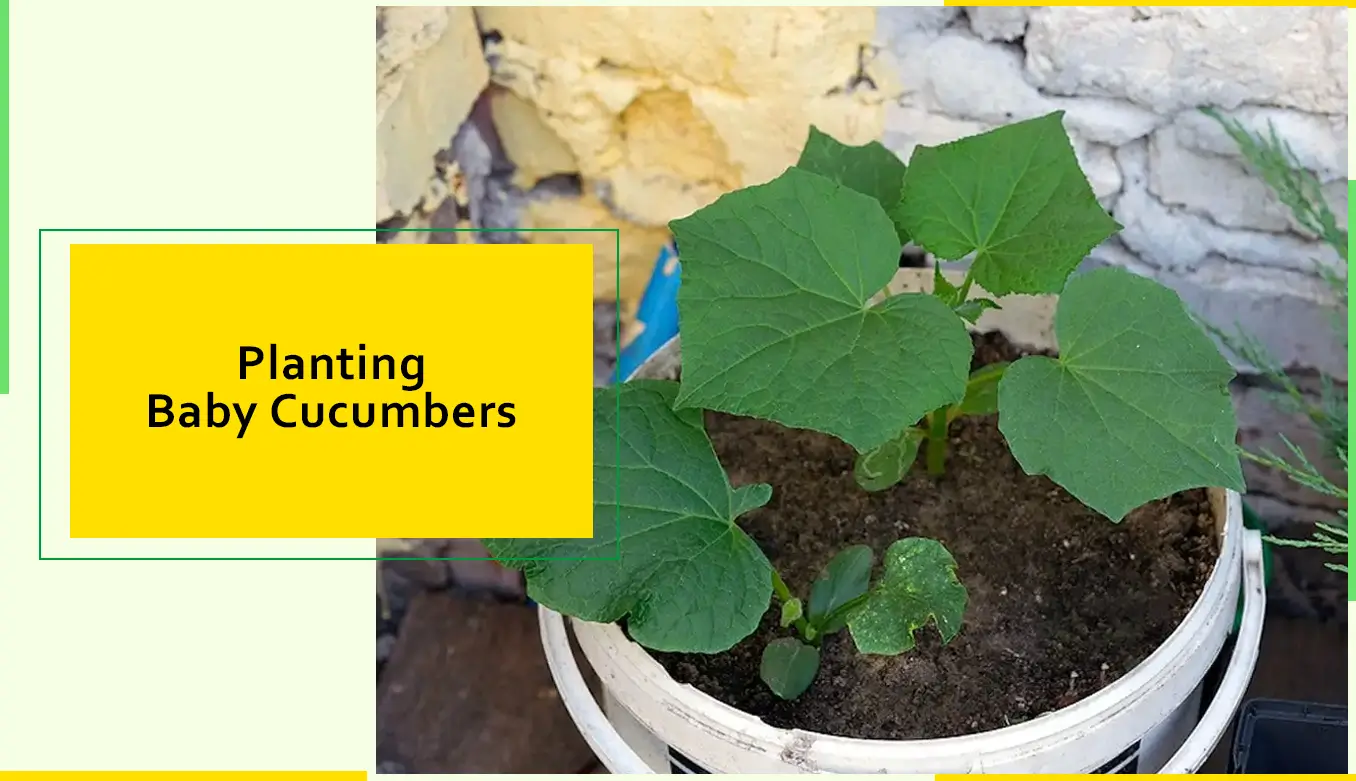
Whether planting cucumber seeds or seedlings, follow these steps for success. Plant seeds or seedlings in containers with a spacing of 12 to 24 inches apart, ensuring each plant has ample room to grow and develop a strong root system. Plant seeds at a depth of one inch, covering lightly with soil and watering gently to settle the soil around the seeds. When transplanting seedlings, handle them carefully to avoid damaging delicate roots, and ensure they are planted at the same depth as in their nursery pots. Water thoroughly after planting to help establish the roots and promote healthy growth from the start.
Watering and Maintenance
Consistent watering is key to healthy cucumber plants, especially in containers where soil tends to dry out more quickly than in traditional garden beds. Keep the soil evenly moist, but not waterlogged, to prevent root rot and other moisture-related problems. Monitor soil moisture levels regularly and adjust your watering schedule as needed based on weather conditions and plant growth stage. Mulching can help retain soil moisture, suppress weeds, and regulate soil temperature, particularly during hot Australian summers, reducing the frequency of watering while keeping plants hydrated and healthy.
Trellising and Support
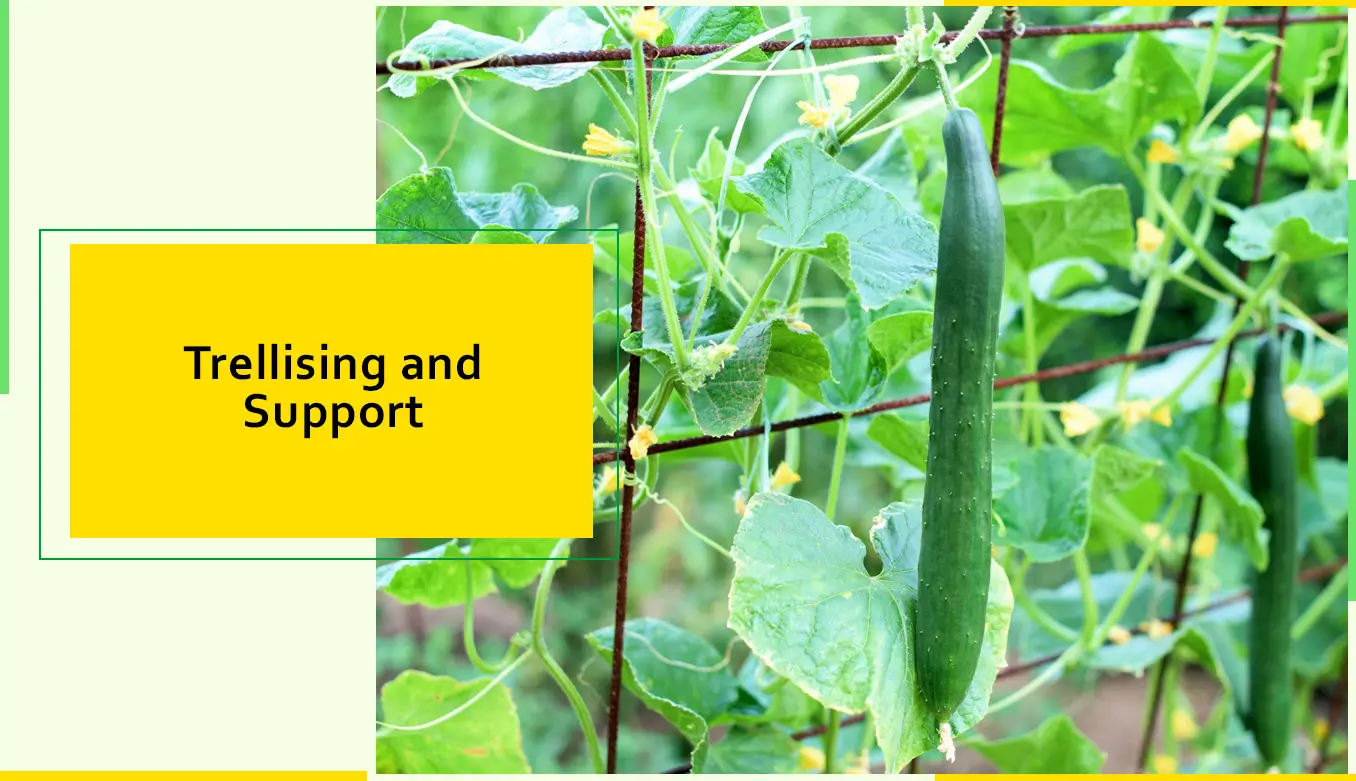
Trellising cucumbers in containers not only saves space but also promotes healthier plants and higher yields. Choose trellises suited for small spaces, such as vertical or wall-mounted designs, to maximize vertical growing space and minimize the footprint of your container garden. Train cucumber vines to climb using gentle guidance, securing them to the trellis as they grow to encourage upward growth and discourage sprawling. Vertical gardening not only maximizes space but also minimizes the risk of pests and diseases by keeping plants off the ground and improving air circulation around the foliage, reducing humidity and minimizing the risk of fungal diseases.
Pest and Disease Management

While container gardening reduces the risk of soil-borne diseases, cucumbers are still susceptible to pests and diseases that can affect their growth and productivity. Keep an eye out for common pests like aphids, spider mites, and cucumber beetles, which can damage foliage and transmit diseases, particularly in warm, humid climates. Employ organic methods like neem oil spray, insecticidal soap, or introducing beneficial insects like ladybugs to control pest infestations and minimize damage to your cucumber plants. Prevent diseases such as powdery mildew by maintaining good airflow around plants, spacing them adequately, and avoiding overhead watering, which can promote fungal growth and spread.
Harvesting Baby Cucumbers
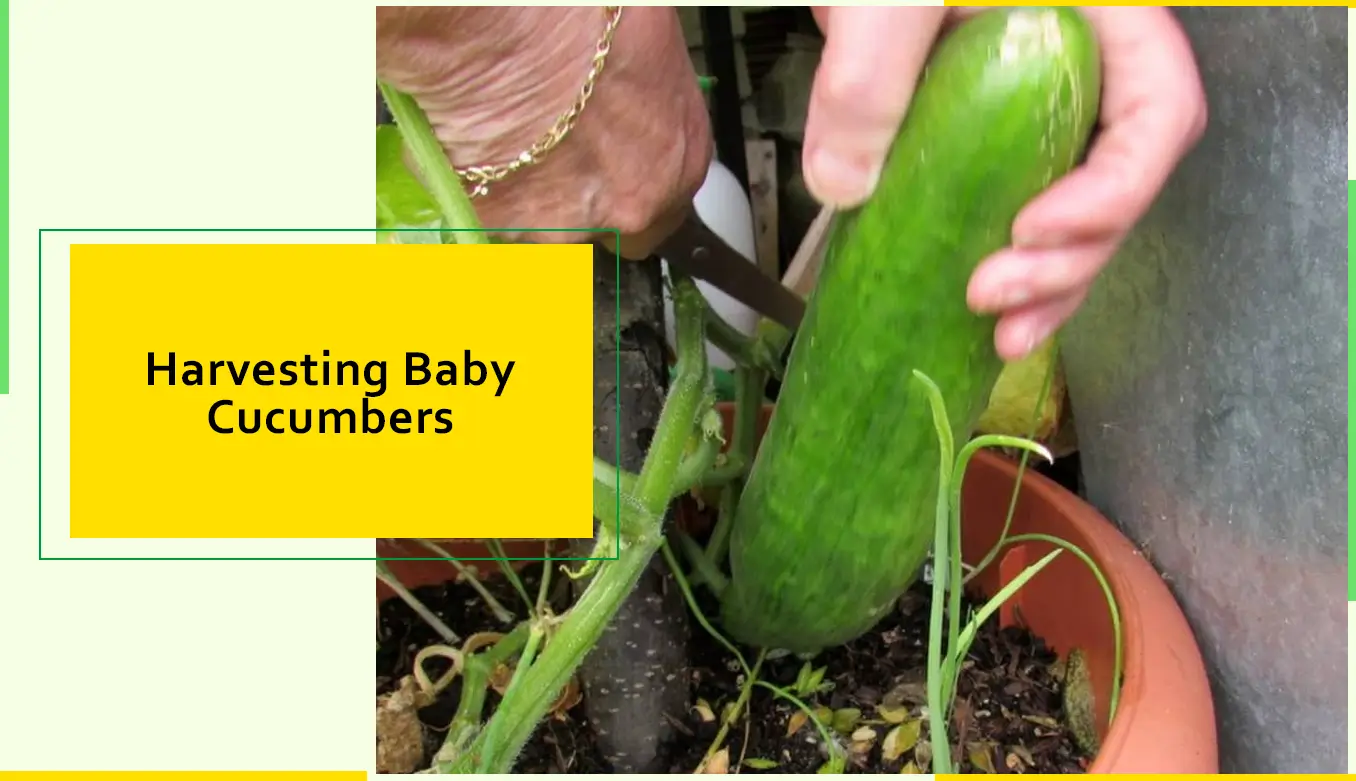
Knowing when to harvest baby cucumbers ensures optimal flavor and texture, providing a satisfying culinary experience for you and your family. Harvest cucumbers when they reach 4 to 6 inches in length, firm to the touch with vibrant coloration and a crisp texture. Use a sharp knife or scissors to cut cucumbers from the vine, taking care not to damage the plant or nearby foliage. Regular harvesting encourages continuous production and prevents overripe cucumbers from inhibiting further fruit set, ensuring a steady supply of fresh cucumbers throughout the growing season for salads, pickling, and snacking.
Conclusion
In conclusion, growing baby cucumbers in pots is not only feasible but incredibly rewarding, even for urban gardeners with limited space and resources. By following our comprehensive container gardening guide, you can embark on your gardening journey with confidence, nurturing healthy cucumber plants and enjoying a bountiful harvest of delicious cucumbers. Share your experiences and tips for container gardening in Australia, and together, let’s cultivate green spaces, vibrant communities, and sustainable food systems across the country for generations to come.
Related Posts



